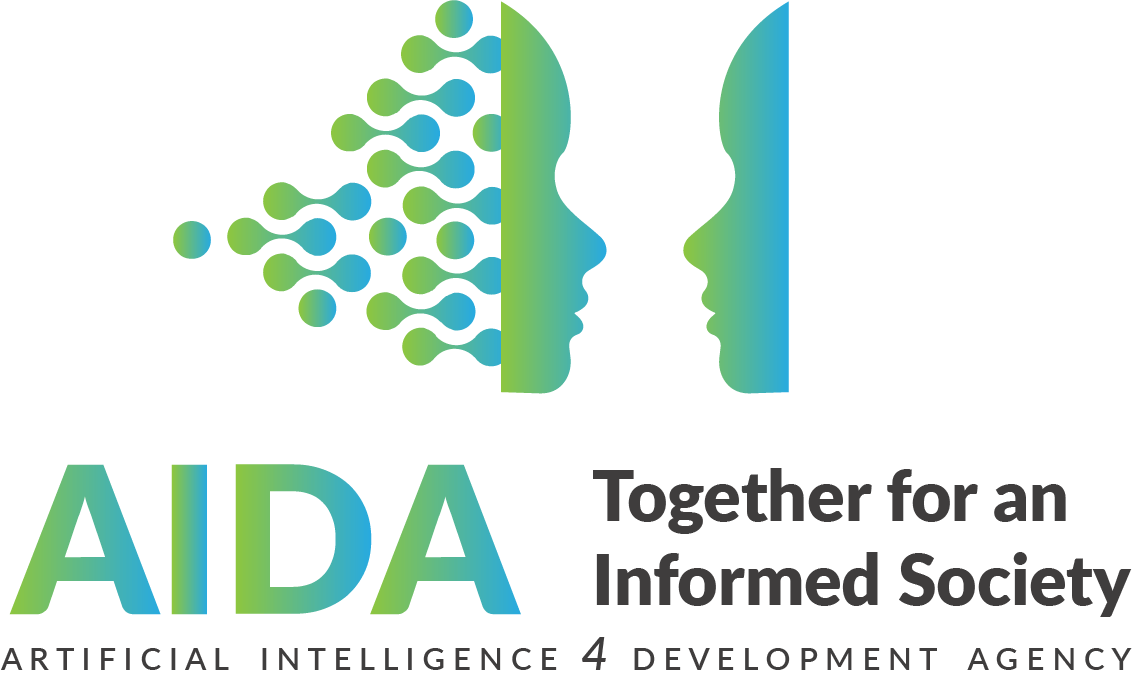In recent years, technological advancements in Artificial Intelligence (AI) have proven to be profound and realistic problem-solving tools in many development sectors. Specifically, AI enhances the capacities of international organizations and government agencies to technically save lives and offer quality service delivery during emergency situations. When it comes to crisis response in emergency situations, AI significantly adds value in detecting and providing analytical data that helps experts develop quick solutions or issue alerts effectively[1]. For example, disasters caused due to climate change like cyclones, tornadoes, hurricanes among others can be detected with the help of AI augmentation. Weather predictions algorithms match retrieved data with forecasted weather patterns to predict the likely effects in the aftermath of such outrageous weather conditions. Further, device mechanisms within reach allow significant action to be taken to reduce the damages and life-threatening effects that lie ahead.

Furthermore, according to the UN Office for the Coordination of Humanitarian Affairs (UNOCHA), in 2016 over 100 million people[2] fell victim to natural disasters which included earthquakes, hurricanes, and floods with over 60 million people were displaced due to conflict. AI has significantly responded to crises and emergency situations in different ways. The technology used translates into an inbuilt capacity of predictive analytics to proactively manage a disaster. This tool predicts the expected outcome and suggests an immediate course of action. It’s interesting to note that with the help of simulated augmentation, AI can easily identify places at high risk of vulnerability and activate an effective response by relief Aid agencies. This is done through clustering algorithms that study weather patterns thereby segregating them and predicting which cloud pattern forms into severe storms that prospectively lead to cyclones and hurricanes or a given emergency situation respectively.
In regards to crisis management, Artificial Intelligence for Disaster Response offers a free platform that is used to automatically filter social media messages related to emergencies and disaster situations to guide the decision-making process of aid and relief workers while taking action with the help of AI[3]. In a nutshell, technological advancements in AI have tremendously justified the significance of augmented data analysis that comprehend patterns linked to a particular crisis. The technology offers precise guidance on technical aspects related to crisis management and issues that threaten human life and the entire environment.
References:
[1] https://itbrief.com.au/story/fighting-climate-change-with-ai
[2] https://www.unocha.org/sites/unocha/files/GHO-2016.pdf

